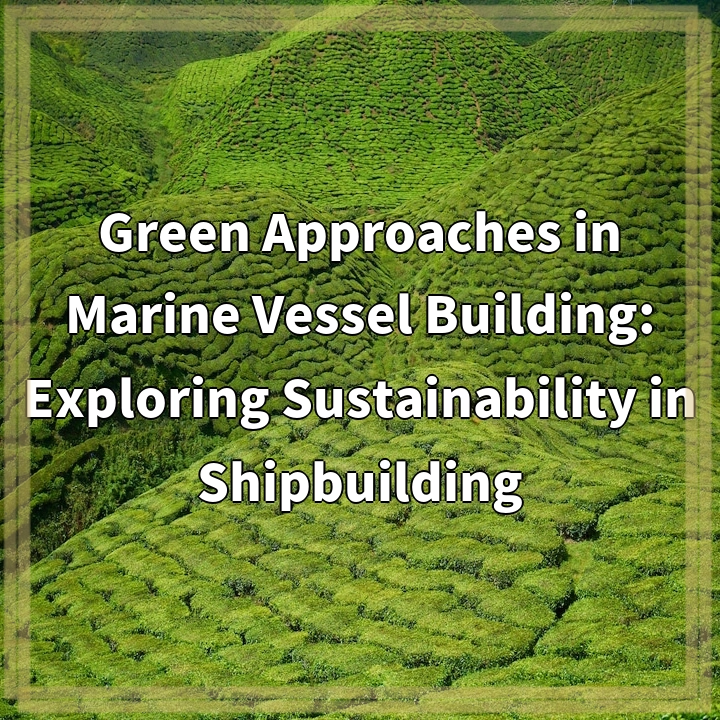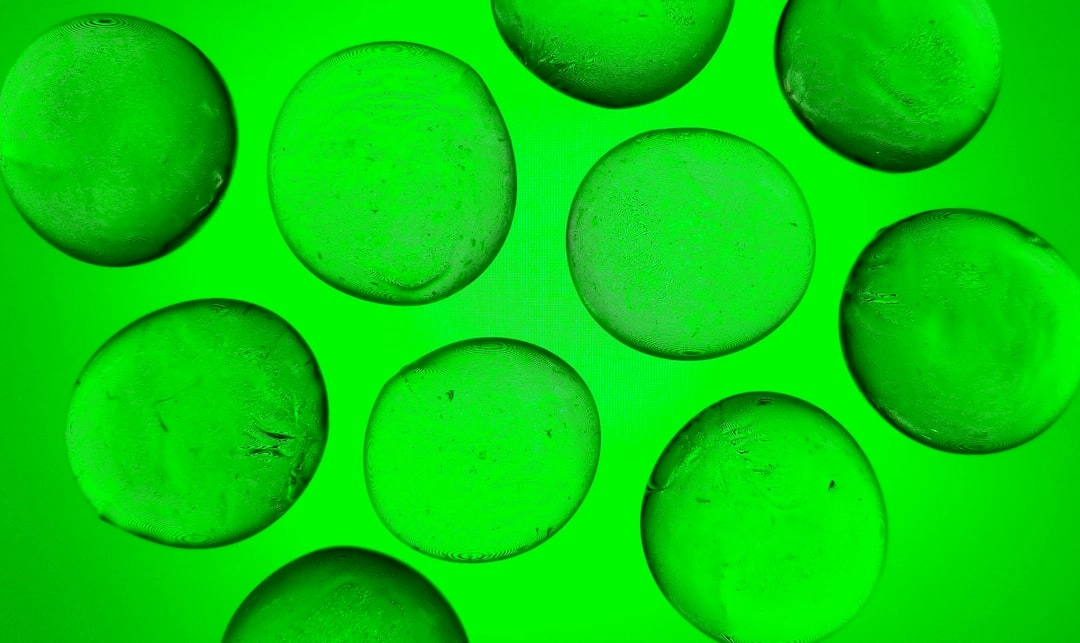
Green Approaches in Marine Vessel Building: Exploring Sustainability in Shipbuilding
What it is:
The concept of green approaches in marine vessel building refers to the adoption of sustainable practices and technologies in the shipbuilding industry. It aims to minimize the environmental impact of maritime transportation by reducing greenhouse gas emissions, energy consumption, and waste generation throughout the vessel’s life cycle. Green shipbuilding encompasses various aspects such as eco-friendly materials, energy-efficient design, alternative propulsion systems, and waste management strategies.
Real-World Problems:
The marine vessel industry faces several real-world problems that require sustainable solutions. These include:
1. Carbon Footprint:
Traditional shipbuilding processes and practices contribute significantly to carbon dioxide emissions, which contribute to climate change. The energy-intensive nature of vessel construction, along with the use of fossil fuels in operations, results in a large carbon footprint. Green approaches aim to mitigate this problem by adopting cleaner energy sources, improving energy efficiency, and employing renewable technologies.
2. Air and Water Pollution:
Vessel building and operation create both air and water pollution. Emissions from marine engines and exhaust systems release harmful pollutants into the atmosphere, including nitrogen oxides (NOx), sulfur oxides (SOx), and fine particulate matter. Meanwhile, vessel operation and maintenance can contribute to water pollution through the release of chemicals, ballast water, and anti-fouling paints. Sustainable shipbuilding aims to minimize pollution by implementing emissions control technologies, adopting cleaner fuels, and incorporating proper waste management practices.
3. Depletion of Natural Resources:
Traditional shipbuilding techniques often rely on resource-intensive materials such as steel and aluminum, which require large amounts of energy to produce. Additionally, the extraction of these raw materials can result in habitat destruction and other environmental impacts. Green approaches in marine vessel building promote the use of eco-friendly materials, such as advanced composites and recyclable plastics, to reduce the depletion of natural resources and minimize ecological damage.
4. Waste Generation and Disposal:
The shipbuilding process generates significant amounts of waste, including excess materials, packaging, and hazardous substances. Improper disposal of these wastes can harm the environment and human health. Sustainable shipbuilding practices focus on reducing waste generation through efficient design and production processes, implementing recycling and reuse strategies, and ensuring proper handling and disposal of hazardous materials.

Solutions for Green Approaches in Marine Vessel Building
1. Sustainable Materials and Design:
One solution to reduce the environmental impact of marine vessel building is to prioritize the use of sustainable materials and eco-friendly design practices. This includes the adoption of advanced composites, recyclable plastics, and bio-based materials in ship construction. Designing vessels with optimized hull shapes, improved hydrodynamics, and reduced weight can also enhance fuel efficiency and reduce emissions. Additionally, incorporating renewable energy systems such as solar panels or wind turbines can further reduce reliance on fossil fuels.
2. Energy Efficiency:
Improving energy efficiency is crucial for reducing the carbon footprint of marine vessels. This can be achieved through the implementation of energy-saving technologies, such as LED lighting, efficient HVAC systems, and advanced insulation materials. Optimizing propulsion systems, including the use of hybrid or electric propulsion, can significantly reduce fuel consumption and emissions. Other solutions include waste heat recovery systems, shore power connections, and intelligent energy management systems to optimize energy use.
3. Emissions Control:
To address air and water pollution, the shipbuilding industry can employ various emissions control technologies. These include the use of scrubbers and selective catalytic reduction systems to reduce NOx and SOx emissions from exhaust gases. Additionally, implementing advanced wastewater treatment systems and ballast water management technologies can help minimize water pollution and the spread of invasive species.
4. Waste Management:
Effective waste management strategies are crucial in minimizing the environmental impact of shipbuilding. This involves implementing recycling and reuse programs to reduce waste generation and ensure proper disposal of hazardous materials. Adopting circular economy principles can encourage the recovery and repurposing of materials, reducing the demand for new resources. Furthermore, increasing awareness and education among shipbuilding industry stakeholders about the importance of responsible waste management can drive positive change.















